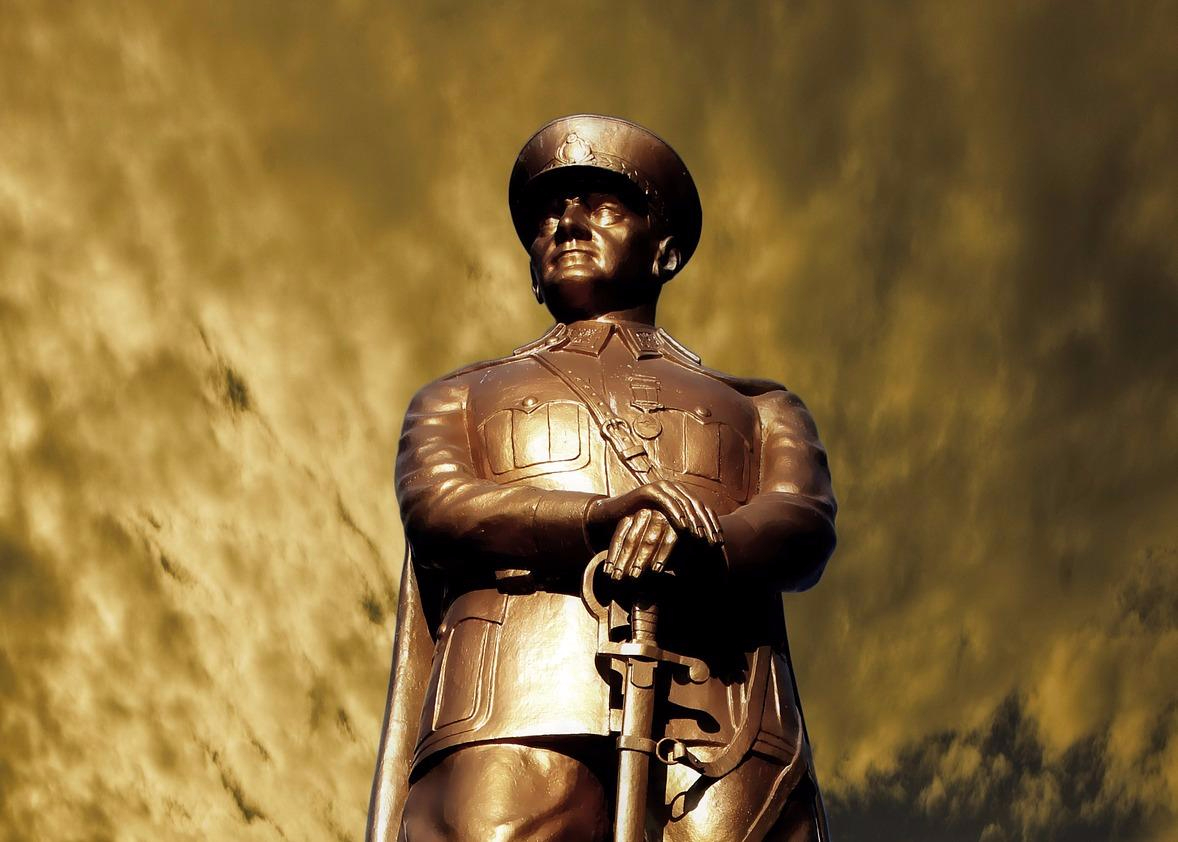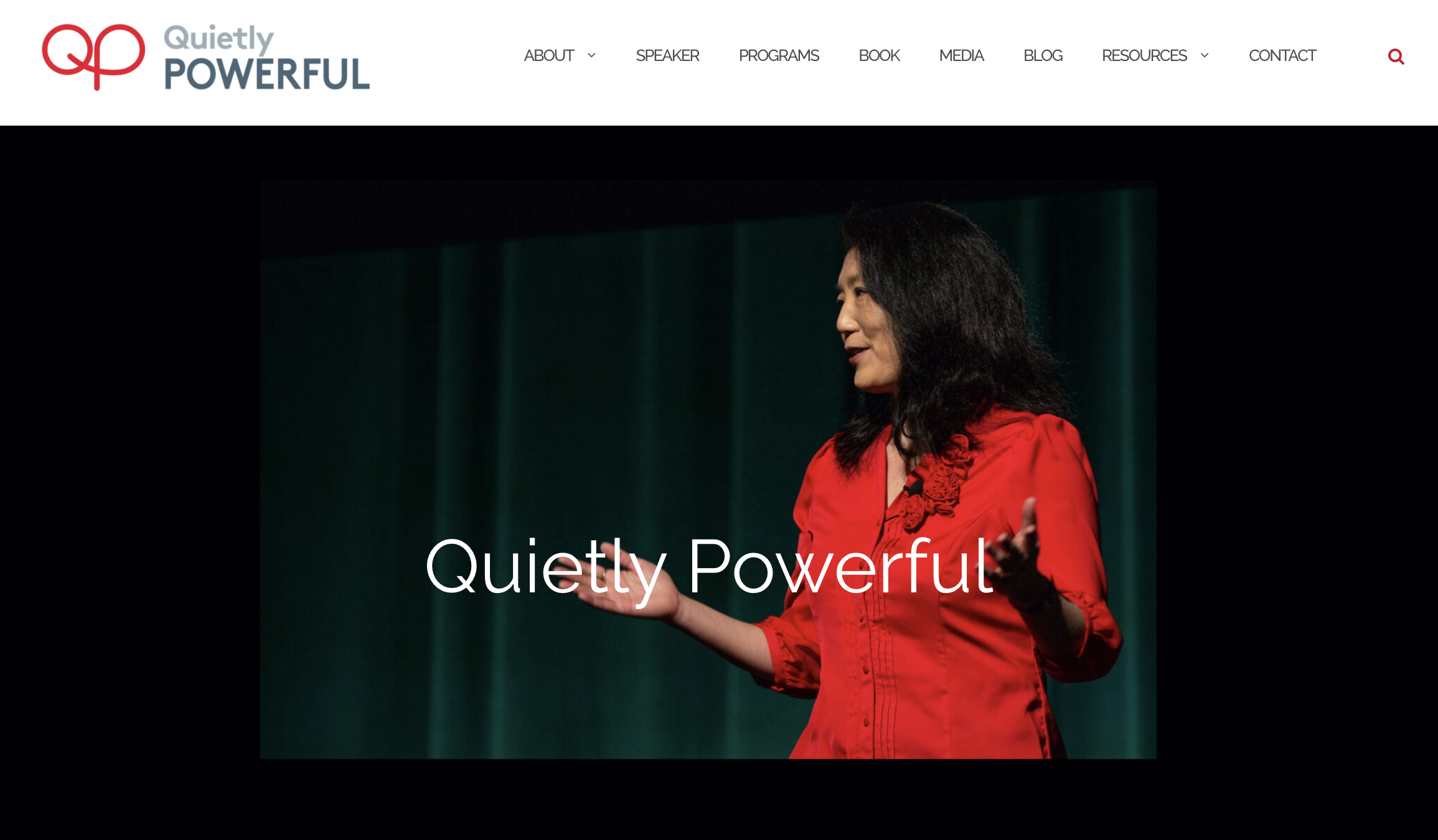My Blog
The definition of what good leadership looks like needs an update
- Details
- Posted: 09 October 2017
Quietly powerful was started as a movement to help quieter professionals to succeed on their own terms rather than having to ‘fix’ themselves (See Fixing people who don’t fit). The bigger intention behind the work was to challenge how we define what good leadership looks like.
Intellectually, we are starting to recognise that good leadership shows up in many forms. Books and articles are written about the benefit of and need for different leadership styles and behaviours. Examples include: German Chancellor Angela Merkel's quiet power, Being quiet is part of being a good CEO, Why feminine leadership is not about women. However, there are still more examples of defining effective or ‘strong’ leadership as the heroic, ‘alpha’ style. The photo is a good example - it was the first photo that popped up when I typed 'leader'.

Emotionally, often unconsciously, we still hold the belief that leaders have to be ‘strong’, with an underlying image of the alpha type. It is easy to be mesmerised by the charismatic leader (See Bias towards style over substance is keeping your real talent hidden). Many of us have an underlying expectation to be protected and looked after by ‘strong’ leaders, if not institutions.
In a recent conversation with talented, emerging female leaders, we discussed what qualities, behaviours and mindsets stand out of leaders they found to be effective. We did a quick sort of these items into what fits the typical ‘alpha’ style vs those which do not. While I recognise the distinction between ‘alpha’, ‘non-alpha’ and ‘other’ was intuitive rather than scientific, it was interesting to see that the ‘non-alpha’ board had at least 50% more items than the ‘alpha’ board. Many ‘non-alpha’ behaviours such as listening, caring, supportive, providing opportunities and being interested in me, stood out. So some of what I wrote in We all want leaders who listen. So why don't we have more quieter leaders? was showing up in this conversation.
Further insights were gained when we started discussing what leadership is actually for and base the definition of leadership around that, rather than what it should look like.
One of the frameworks which helped this conversation was James Scouller’s work on Four Dimensions of Leadership (and his book, The Three Levels of Leadership). He goes back to first principles by describing what leadership is for, rather than what leaders should look like. In essence, he defines leadership as a process, not a person and that there are four dimensions involved:
“Leadership is a process that involves setting a purpose and direction which inspires people to combine and work towards willingly; paying attention to the means, pace and quality of progress towards the aim; and upholding group unity and individual effectiveness throughout.”
If the function of leadership exists to address these four dimensions, how they get addressed will vary depending on the person, the team/organisation/system, the situation/environment. There is no one way to lead. Scouller also suggests that one person cannot do everything. The individual leader’s job, then, is described as "The purpose of a leader is to make sure there is leadership … to ensure that all four dimensions of leadership are [being addressed]."
In our conversation, some were relieved to hear that they didn’t have to know everything as a leader. Others discussed how our natural strengths can be valuable for different aspects of leadership. Some leaders motivate through charisma, others motivate through building ownership by stepping back (motivating purpose). Some have natural strengths around ensuring things get done (task progress), others are naturally good at building great teams (group unity). The group found it difficult to identify leaders who were good at all four dimensions, but knew of leaders who had people around them who were good at dimensions they weren’t their natural strengths.
My questions to current and aspiring leaders, people involved in succession planning, recruitment, talent and leadership development as well as diversity and inclusion include:
- What would it take to expand the definition or redefine good leadership, not only intellectually but also in our beliefs and emotionally?
- How different would succession, recruitment, talent identification and development decisions and approaches be, should we expand the definition?
- What impact would it have on progress withe diversity and inclusion efforts to have a broadened definition of effectively leadership?
Interested in your thoughts.
Related articles:
Do you have to be an extrovert to get ahead?
How organisations and leaders crush diverse talent without realising
Are you a leader that brings out the best from a mix of different people?


